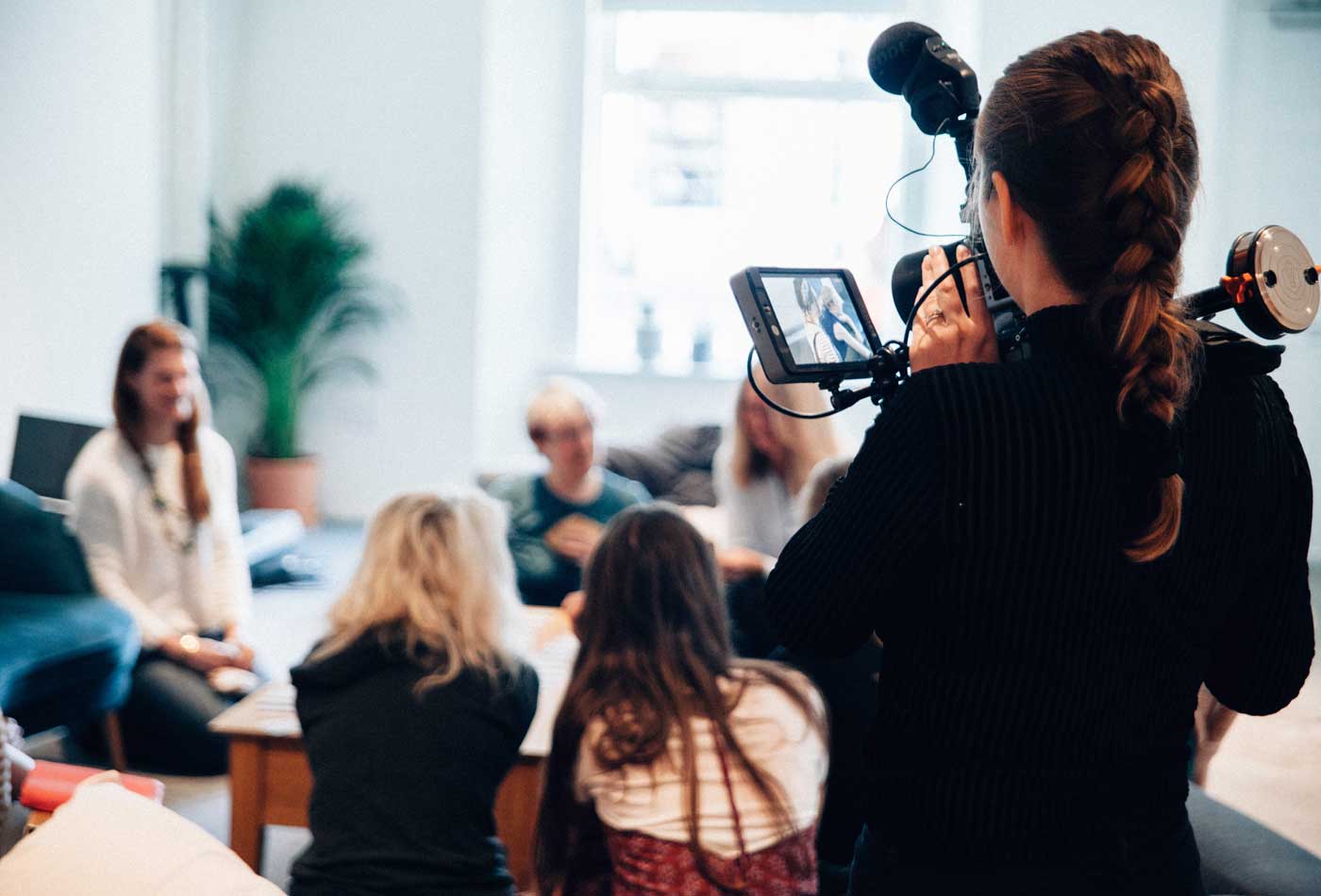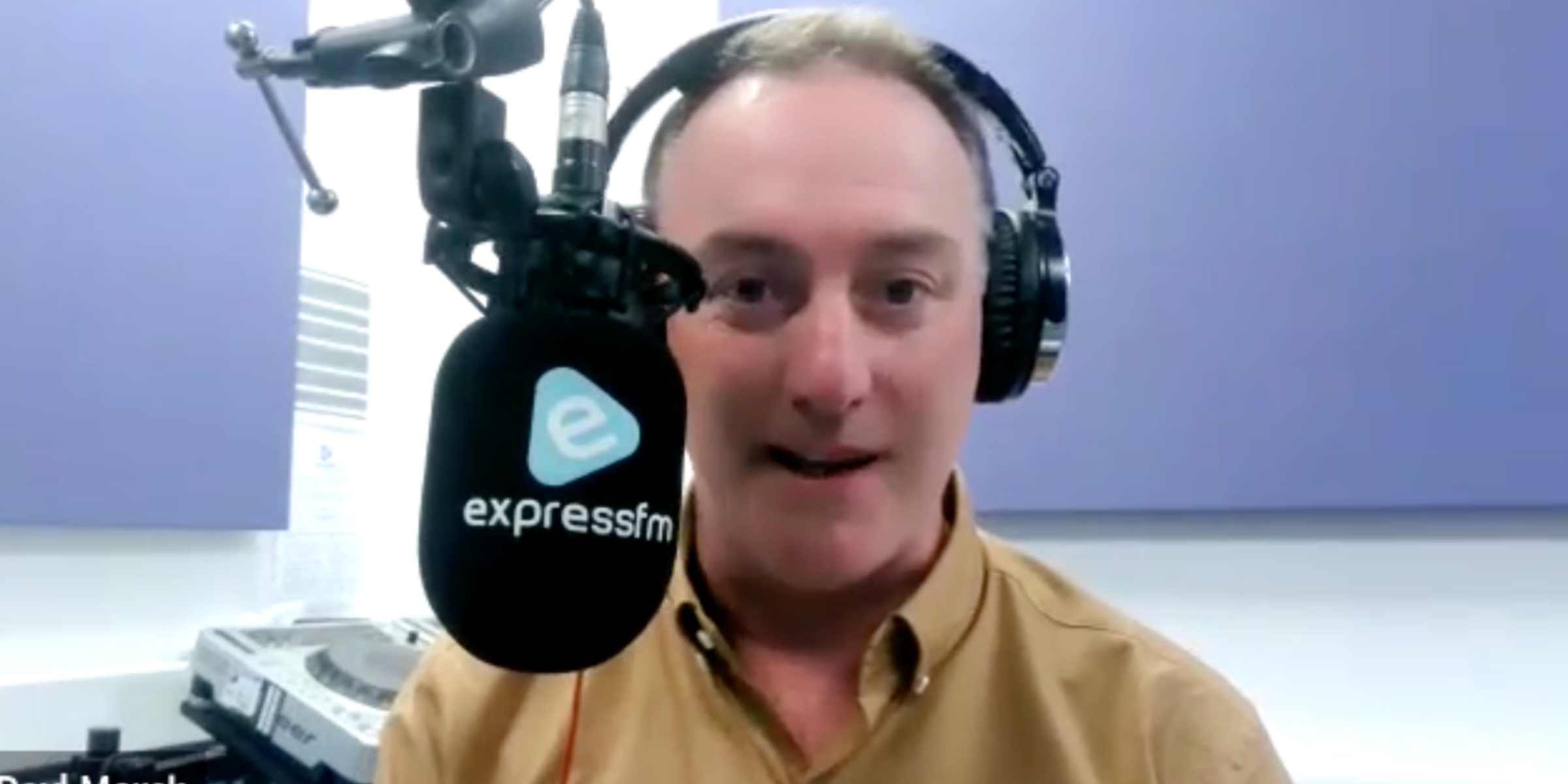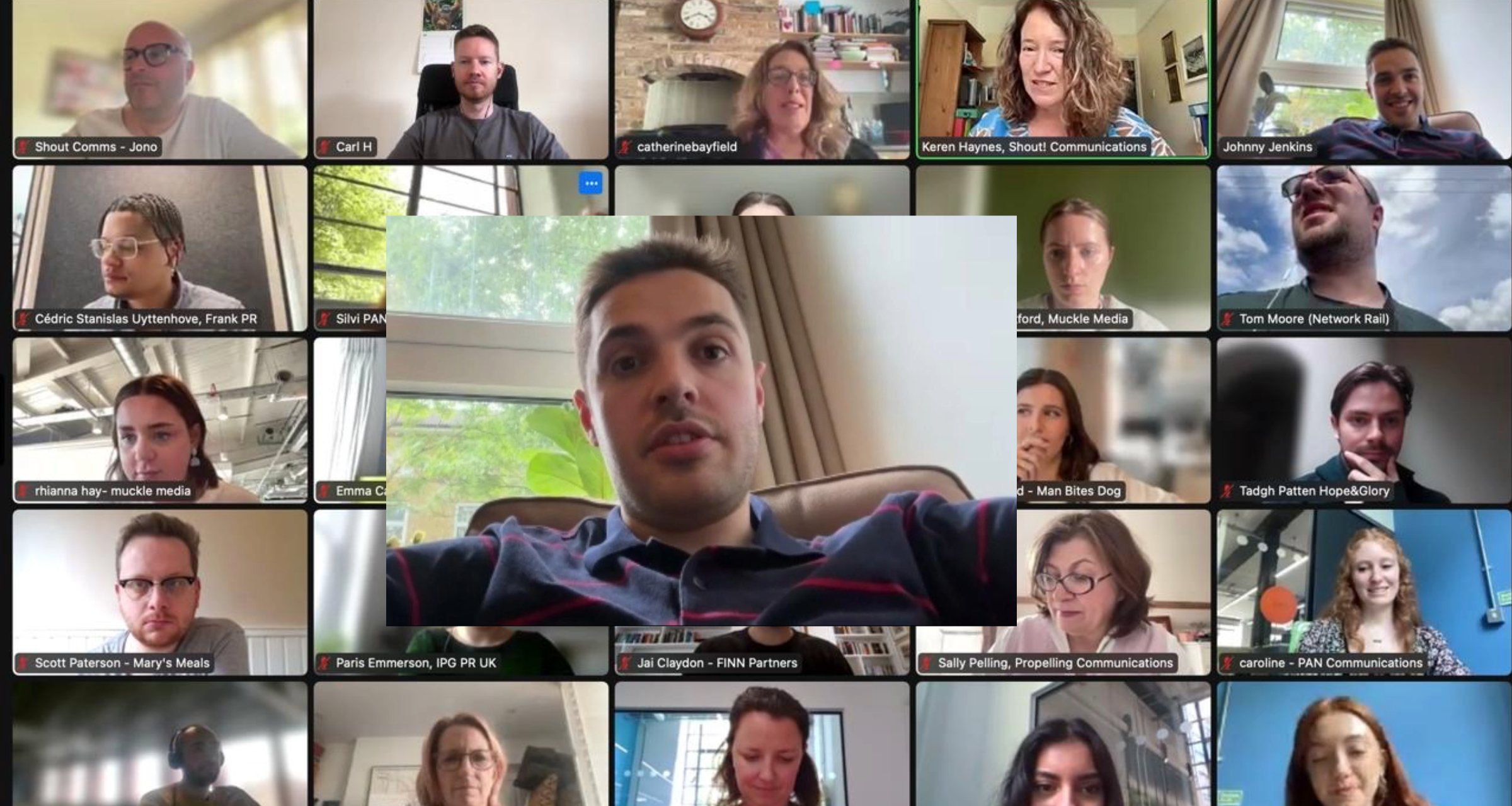PR generated surveys are the most common form of PR Research. This at its most basic is a series of questions on a broad subject filled in by a panel of respondents – typically consumers. They generate data which is used to create a news story or a particular narrative for the media.
This is different from Market Research which is generally for internal purposes and brand insight – i.e. what do customers think about a particular product.
PR research can be either for business-to-consumer (B2C) and Business to Business B2B audiences.
How does PR research work?
PR survey panels are members of the public who have opted-in to take part in market research. In exchange for completing the survey, they are sometimes offered a chance to win a gift card, awarded points, or some other incentive. They aren’t directly paid to participate.
The consumer study is mostly completed online using general population sampling, typically 18-60 year olds and is designed to be ‘Census representative’. That means that the sample of respondents to your survey matches the UK population. Some companies offer a more bespoke service and the respondents are interviewed by telephone but this is a more expensive option.

How meaningful is PR research?
Almost all surveys involve weighting. YouGov say “ this is to ensure that the published results properly reflect the population they seek to measure. For example, men comprise 49% of the adult population and women 51%. The raw figures in a well-conducted survey will be close to this, but not necessarily match these numbers exactly” .
The data is broken up into different groups with shared characteristics such as age, geographical location, gender, occupation and more. Really the broader the better.
You’ll have seen headlines like this;
- 47% of adults say a sunny morning makes their day
- 36% of teenagers say they’ve been bullied
- 68% of mums say they wish they could have a child free day a week.
In order to deliver such bespoke headlines, the survey companies typically ask for quite a lot of information from the consumer participants including:
- Age
- Sex
- Marital status
- Income
- Number of children
- Where in UK they live
- Household income
- Education
This is similar for B2B surveys where business participants will have to share
- Role or title
- Responsibilities
- Business size
- Turnover
- Industry sector
PR research, your secret weapon
PR surveys have quickly become the secret weapon for PR professionals and for good reason.
But what would PR practitioners do without research? Some would say research has had its day, but we know that newsrooms short of resources no longer have the budget to fill every bulletin with investigative or breaking news stories. Often, they’re grateful for some engaging content.
PR research is a cost-effective way of gathering consumer insight and understanding the attitudes of different demographic groups. The objective for the research is to ensure that the headlines have ‘talkability’ but that the news story is relevant to the brand commissioning the research. It can’t be a blatant, direct link, for example research by a shower manufacturer says we prefer to shower rather than bathe. But what would work better would be to reveal the top songs we sing in the shower or reveal that more than half of adults have their best ideas whilst taking a shower.

The role of surveys in broadcast PR campaigns
Surveys are a mainstay of broadcast PR campaigns and allow brands to gain high media visibility. From a brand’s perspective, third party research can endorse its messages and the more credible the research the more likely it is to be talked about. In our experience, research tends to work best for radio campaigns. It can be challenging for TV to illustrate research stories effectively.
Often a survey-based story can be summed up on air in a couple of sentences, and with a good spokesperson to comment on the stats it can spark a debate or discussion. They work at their best when they tap into trends or predict things – these can be light-hearted, such as the prevalence of ‘snaccidents’ or more serious, such as concern regarding the ongoing cost of living crisis.
PR research examples
Case study, Ordnance Survey
Research led stories are the backbone of many PR campaigns and there is still a huge appetite for content like this. We recommend breaking down the public relations research into 12 or more areas or cities, in order to secure regional coverage. FOR BE
We supported map experts Ordnance Survey (OS) with a festive campaign to promote their range of Christmas gifts and drive consumers to their website. This was a classic PR research story and revealed that it’s official men hate getting socks for Christmas ! –A third said they were disappointed – but that it’s a joke present they dread the most. Our spokesperson was TV personality Timmy Mallett and the combination of some fun, topical research, and a great guest resulted in more than 20 back-to-back radio interviews.
Case study, Slimming World
Our last campaign for our client Slimming World showed just how successful having general population research alongside membership research can be in producing fantastic results. We supported them with a January story which highlighted the number of dieters who try to lose weight in secret and fail – showcasing the need for peer support. Slimming world members ( more than 2,500 were polled) said prior to joining Slimming World , 59% agreed they struggled to motivate themselves when solo dieting.
A fifth said this secretive approach made them feel lonely (20%) and 17% felt isolated. As a result, almost half (45% ) stopped a weight loss attempt on their own as they struggled to resist temptation and 46% did so because they didn’t stick to their plans.
In addition to Slimming World’s weight management expert the findings were backed by James Stubbs, Professor of Appetite and Energy Balance, School of Psychology at, University of Leeds which gave the campaign further credibility. We secured 18 radio and TV interviews with a reach of 2.4 million.
Credibility
To ensure the best coverage from research-based stories you need to ensure you’ve got a sample base of at least 1, 000 people. 2, 000 is more credible. People questioned should be spread across the country, for national and regional stations. That’s because if it’s skewed to a particular region then it’s not truly representative.
The greater the breakdown of PR survey research across the country, the better the coverage. Regional radio wants people in their patch to be questioned. We recommend having at least 10-12 regions. You could also consider commissioning research in particular cities; that reduces the number of stations who’ll be interested, but increases your chances of coverage in these cities.
For national stations, including BBC Scotland, Wales and Northern Ireland, you’ll need to poll at least 200 people. Smaller sample bases are only acceptable when a specific group of people are questioned, for example, if everyone questioned was a managing director, or a parent with a child under five.

Beware, so-what stories
Watch out, though, for the ‘so-what?’ stories. If when you’re compiling the questions your reaction is neutral or disinterested, the questions probably aren’t right for a broadcast research campaign. Write an outline of your story with your headlines in mind and consider two or more versions of it depending on who you are looking to target.
A brand mention on behalf of the brand who commissioned the research can be weaved into a broadcast interview, and both BBC and commercial stations accept this is the payoff for running your story.
Public relations research and television PR
TV news and lifestyle programmes can find it more challenging to illustrate surveys as they lack pictures and often require case studies to bring them to life. Some polling companies provide them but they require careful vetting. Where research works well for TV is on more serious stories, where the stations can create their own graphics crediting the brand for the information – for example stats on dog attacks, or uninsured drivers.
Broadcasters, the BBC in particular, have strict guidelines about using PR generated research. The minimum polling size is 1000 and ideally 2000+. It is critical that the research is broken down into regions, and a bonus if it also encompasses cities too. There are some exceptions to this – if the research is speaking to a specific niche audience, for example, GP’s or CEO’s of the top 250 FTSE companies, then a smaller sample is acceptable. Trusted research firms include YouGov, MORI and Harris but others including OnePoll are highly respected. Radio and TV journalists are savvy – snappy infographics and pages of data won’t dress up less credible research.

Be compliant
To ensure that your public relations research is compliant our recommendation is to check the polling company are MRS accredited. MRS is the Market Research Society and they are the UK professional body for research, insight and analytics. This means surveys you commission are compliant with certified market research standards and compliance codes.
Our top tips
Our recommendation would be to spend more of your budget on increasing the number of people polled rather than questions asked. 10-12 questions is typically is more than enough to create a broadcast press release.
Surveys can be risky in that unfortunately there is no such thing as an original idea so always conduct some desk research to ensure that your competitors haven’t just released a similar story. It happens more than you think and is an expensive mistake.
It sounds obvious but don’t ask closed ‘yes ‘or ‘no’ questions – questionnaire design is critical to the final outcome. In our experience the best research findings are when you think of the headlines you’d like to see and then engineer the questions accordingly. There is also a tendency from polling companies to give too many options to respondents, this dilutes the headlines and makes crafting the press release with any meaningful top lines very difficult.
Don’t put off journalists by initially sending the raw research data. Some broadcast outlets may request this for review and to ensure stats haven’t been manipulated /research is recent.
Plan for the surprising
Try and lead your story with an unexpected statistic, even if it doesn’t fully support the brand’s top key message.
Avoid if possible, avoid mentioning the brand or company who has commissioned the research in the first couple of sentences and include promotional content further down in the news release. Paragraph 3 is a safe bet.
One final critical point is to ensure that your public relations research is as contemporaneous as possible – leave the polling to the last possible moment and ideally no more than a month before you publish it. The first place broadcasters will go is to the notes to editors to see how and when it was conducted. Credible research has been rejected for being too old. Beware too of trying to squeeze two separate campaigns out of one set of research questions.

The PR research process
In terms of a time line to adhere to, a general population survey of 1,000 – 2,000 respondents is normally put ‘in the field’ (this means your PR research has gone live and is being filled out by the panel) and completed in 24 to 36 hours. Additional time may be necessary for specific filters and geographic targets or niche demographics.
Allow at least a week to ten days to draft your questions, seek client approval and ensure that the questions are compliant. There is often a lot of tweaking and honing for all parties to be satisfied. Polling companies will also provide a demo link which requires sign off before the questions are put ‘live’.
Once the results are back the data can be laborious to go through and ‘number crunching’ is the most painstaking part of the process. This is interpreting the stats and the point where the all-important headlines and main findings are extracted. It is also an opportunity to highlight any obvious regional variations.
Be warned
Warning!!! Just because you want a certain top line doesn’t mean that the public will oblige. That said they can be interpreted. A third of people agree or flipped on its head to say two thirds of people disagree.
Don’t exaggerate or misuse the findings or your data will be illegitimate. You may be asked to share releases with the polling company before they approve distribution to the media.
Some PR research companies provide a very helpful executive summary but more typically the onus is on the PR agency or brand to work their way through pages of raw data in an excel document. This generally gives the national picture, regional breakdown and a breakdown of age and gender – useful if you are looking to find out what GenZ think.
Depending on your budget they will also provide a chart, infographic or report, to help audiences digest the key stats.
Other types of PR research
Other ways of using research as the basis of a PR story include Freedom of Information requests, which can take a while to obtain but often form the basis of a good solid story, as they come from official sources such as the police or local council. Industry statistics, using a company’s own information can also give an insight that journalists appreciate. Academic research is another example of public relations research., in which a brand teams up with a university department for example, adding huge credibility to a PR campaign.
If you’re looking to elevate your campaign Shout! Communications can support you with research services.



